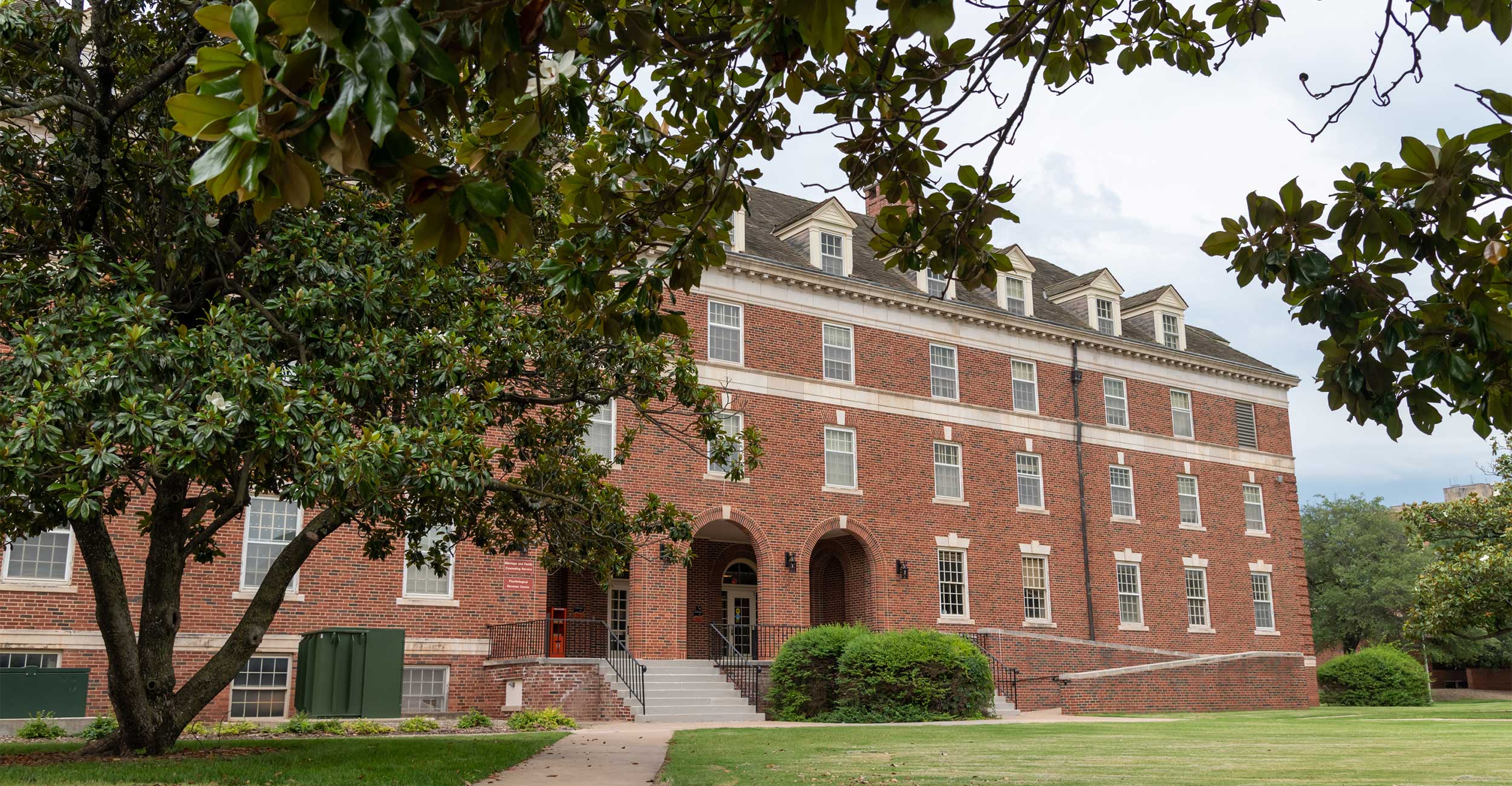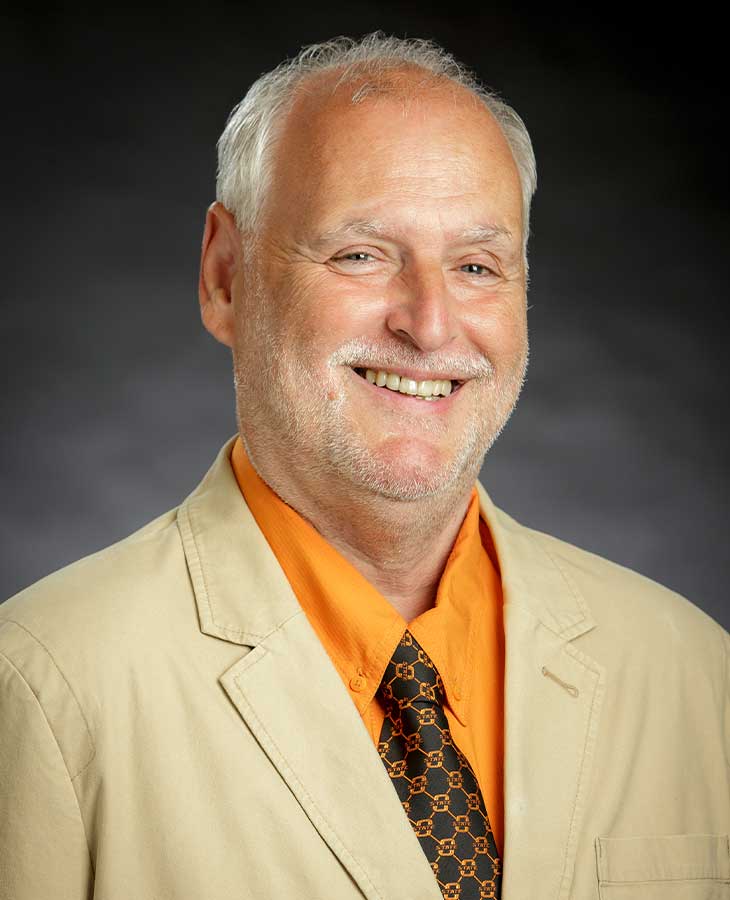
OSU psychology professor writes research article for American Scientist
Monday, March 11, 2024
Media Contact: Elizabeth Gosney | CAS Marketing and Communications Manager | 405-744-7497 | egosney@okstate.edu
Dr. Charles Abramson, Oklahoma State University Department of Psychology Regents Professor, was published in American Scientist magazine’s January-February issue for “A Hidden Life of Research,” an article highlighting the life and accomplishments of African American comparative psychologist Charles Henry Turner.

“Throughout his career, Dr. Abramson has devoted significant work to highlight the accomplishments of individuals who are usually overlooked, especially in contemporary views of the history of psychology,” said Dr. Maureen Sullivan, interim head of the Department of Psychology. “His article in American Scientist is impressive both because it brings recognition of the many significant contributions of Charles Henry Turner, and because it brings his work to a much broader audience.”
Turner was born in Cincinnati in 1867. Abramson pointed out that although Turner was published prolifically as a researcher, he was “never granted a position at an academic institution” and spent his career teaching high school. And although Turner’s research on animal behavior is relevant even a century after his death, his name is primarily absent from textbooks and history books, according to Abramson’s article.
Turner is seldom recognized by the present-day scientific or civil -rights communities, but Abramson said he is working to get Turner the recognition he deserves. He said the letters and articles written mean nothing if he can’t get someone of influence to acknowledge the scientist’s accomplishments.
For the last two decades, Abramson — who specializes in similar fields as Turner did, including the behavioral study of bees — has been trying to get an official commemorative postage stamp in Turner’s honor. From writing books and articles about Turner to contacting presidents and members of the federal legislature, he has advocated for there to finally be a dedication to the scientist’s work. Abramson said it’s frustrating for people to talk about recognizing diversity but not do anything about it when an opportunity arises.
“I don’t give up though,” Abramson said. “I got a lot of nice responses about the article. I think I’ve never been as close to talking to members of Congress about getting that stamp.”
Abramson said he wrote his latest article primarily to give him more published material to send to members of Congress to advocate for the postal stamp. He also created a website that includes a comprehensive timeline of Turner’s life and his research.
“A Hidden Life of Research” is not Abramson’s first article about Turner, but it is his first article that has been published in a popular science magazine. Abramson said Turner’s work revolutionized the way insects are viewed. According to his article, Turner did his experiments when insects were viewed as automatons with no learning capabilities.
“Turner was a big part of that — insects are not mere machines,” Abramson said. “They can modify behavior based on experience. They can form, what Turner would call, judgments or decisions, and that had never happened before.”
To read Abramson’s article, visit the American Scientist website. American Scientist is a bimonthly science and technology magazine published since 1913 by Sigma Xi, The Scientific Research Honor Society. It covers everything from biology and evolution to ethics and social sciences.
Story By: Mallory Pool, CAS Multimedia Intern | mallory.pool@okstate.edu
